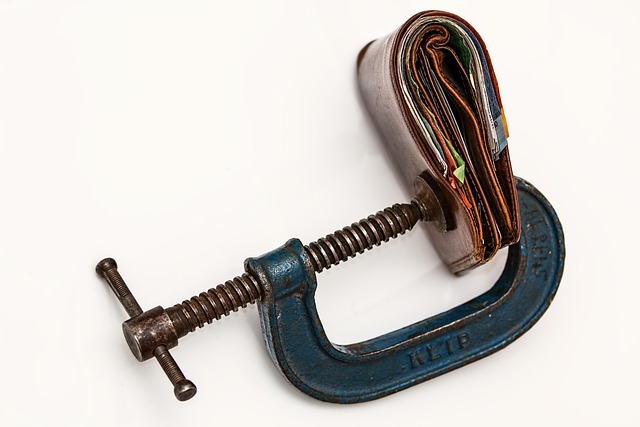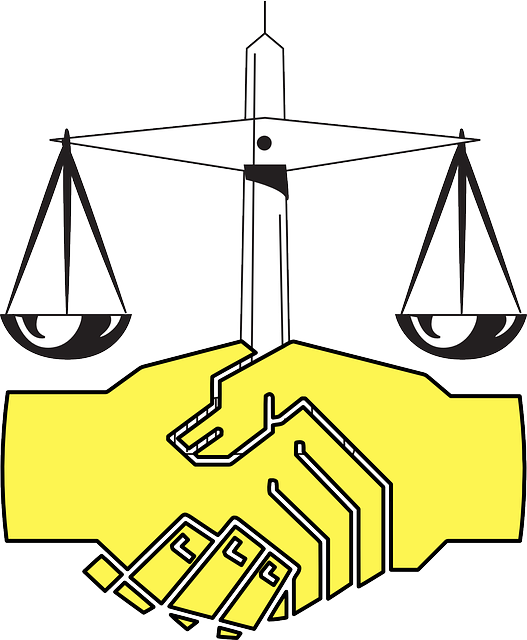Graduates facing overwhelming student loan debt can find hope through various loan consolidation options and financial crisis solutions. From combining multiple loans into one manageable payment with lower interest rates to debt reduction plans tailored to income levels, these strategies simplify repayment. Emergency debt assistance programs help with unforeseen events, while debt settlement programs negotiate lesser settlements. By leveraging these tools, students can overcome financial challenges, gain control over their debts, and secure a brighter economic future.
Struggling with student loan debt? You’re not alone. Many graduates face the challenge of managing multiple loans with varying terms and rates. This article provides a comprehensive guide to simplifying your debt journey through loan consolidation options, financial crisis solutions, and effective debt reduction strategies. We also explore emergency debt assistance programs and settlement opportunities, empowering you to take control and navigate these complex issues successfully.
- Understanding Loan Consolidation Options: A Comprehensive Guide
- Navigating Financial Crisis Solutions for Debt-Struck Students
- Crafting Effective Debt Reduction Plans: Strategies for Success
- Exploring Emergency Debt Assistance and Settlement Programs
Understanding Loan Consolidation Options: A Comprehensive Guide

Many students graduate with a mountain of debt from their education, and navigating the various loan consolidation options can seem like a daunting task. It’s crucial to understand that there are several financial crisis solutions available to simplify this process and reduce the burden of loans debt consolidation. These include government-backed programs offering emergency debt assistance and debt settlement programs designed to negotiate with lenders for lower interest rates and principal balances.
Debt reduction plans, such as income-driven repayment options, allow borrowers to align their payments with their financial capabilities. By exploring these loan consolidation options, students can take control of their financial future, gain clarity in managing their debt, and move towards a more secure economic outlook beyond graduation.
Navigating Financial Crisis Solutions for Debt-Struck Students

Many students find themselves in a financial crisis after graduation, burdened by a mountain of debt from tuition fees and living expenses. Navigating this landscape can be daunting, but there are numerous solutions available to simplify student debt. One popular option is loan consolidation, which combines multiple loans into a single payment, making repayment more manageable. This strategy offers lower interest rates and extended repayment terms, easing the financial strain on graduates.
Beyond loan consolidation options, students can explore various financial crisis solutions tailored for debt-stricken individuals. Debt reduction plans, such as income-driven repayment (IDR) programs, align monthly payments with earners’ income levels, ensuring affordability. Additionally, emergency debt assistance programs provide temporary relief for those facing unforeseen circumstances, like job loss or medical emergencies. For those unable to keep up with payments, debt settlement programs may offer a way out by negotiating with creditors for a lesser amount to settle the debt. These options collectively empower students to overcome their financial challenges and forge a path towards stability.
Crafting Effective Debt Reduction Plans: Strategies for Success

Crafting Effective Debt Reduction Plans: Strategies for Success
In navigating a financial crisis, students often find themselves burdened with multiple loan debt. A crucial step towards simplicity is exploring loan consolidation options. By combining multiple loans into one, individuals can significantly reduce monthly payments and even lower interest rates, making repayment more manageable. This strategic move not only simplifies the payment process but also provides clarity during what can be a stressful period.
Additionally, considering debt settlement programs or emergency debt assistance can offer relief for those struggling to keep up with repayments. These programs often involve negotiations with lenders to reduce the overall debt amount, providing a fresh start. It’s important to research and compare various debt reduction plans, as each individual’s financial situation is unique. With the right approach, students can transform their complex debt obligations into a more manageable and ultimately, debt-free journey.
Exploring Emergency Debt Assistance and Settlement Programs

Many students find themselves in a financial crisis due to mounting loan debts. In such situations, exploring emergency debt assistance and settlement programs can be a game-changer. These initiatives offer financial crisis solutions tailored for individuals struggling with loans debt consolidation. One popular option is Loan Consolidation, which combines multiple loans into a single payment, simplifying the process and potentially reducing interest rates.
Debt reduction plans through these programs can significantly ease the burden. Emergency Debt Assistance specifically targets unforeseen circumstances that have led to financial strain, providing support without judgment. On the other hand, Debt Settlement Programs negotiate with creditors on your behalf, aiming to reduce the overall debt amount. These strategies provide much-needed relief and offer a path towards financial stability for students grappling with overwhelming loan obligations.







